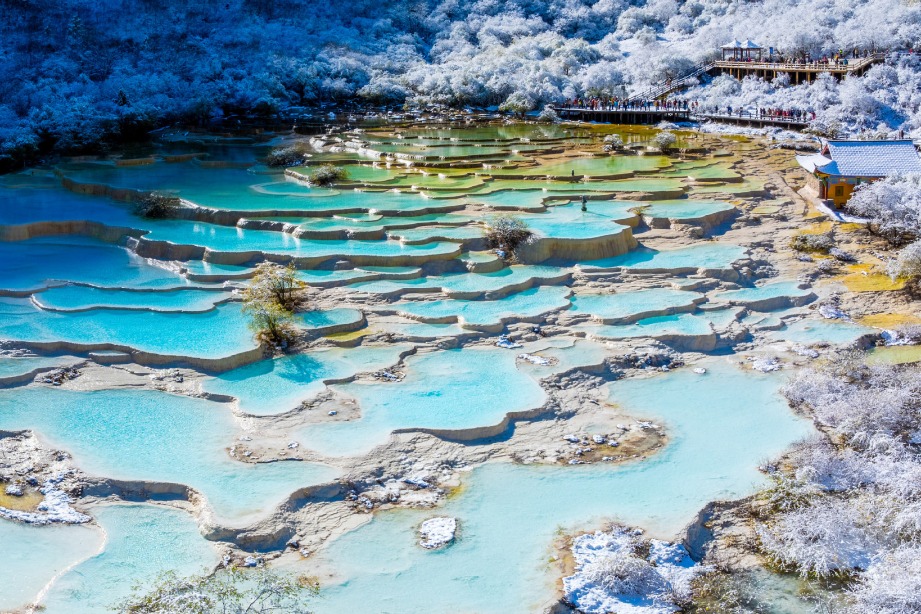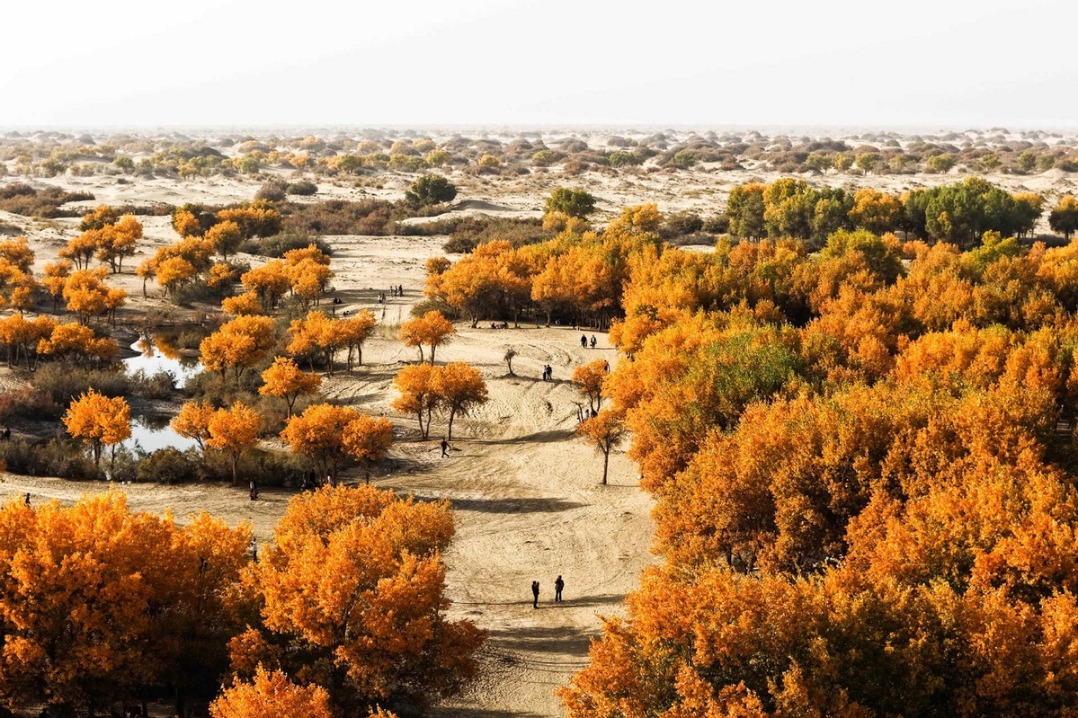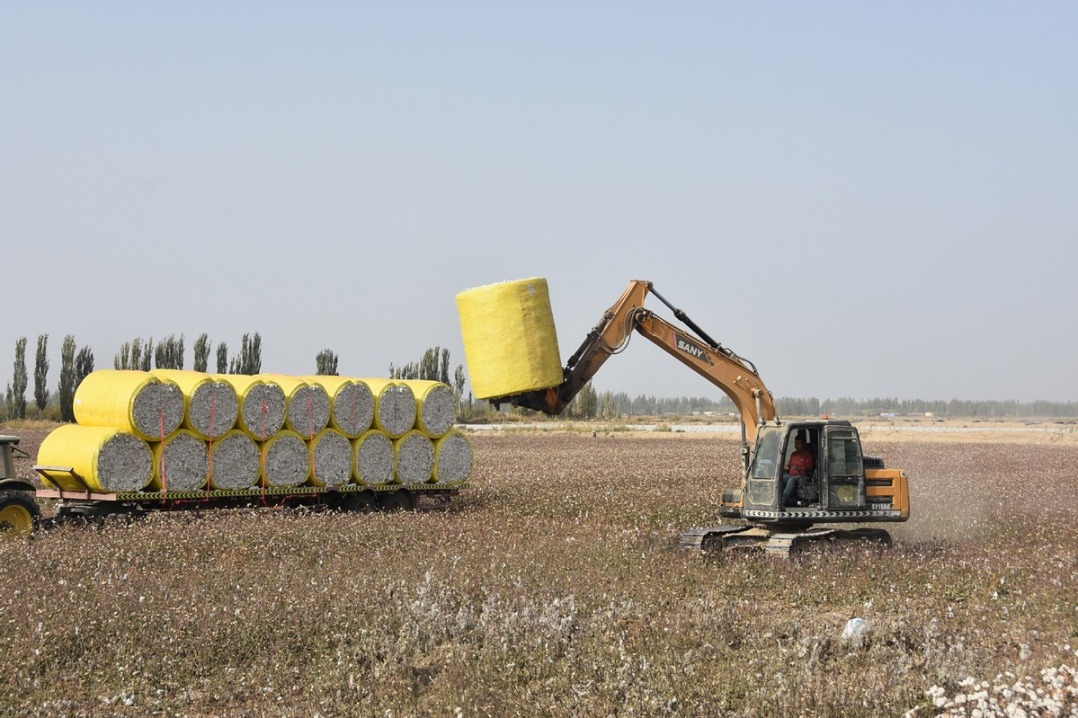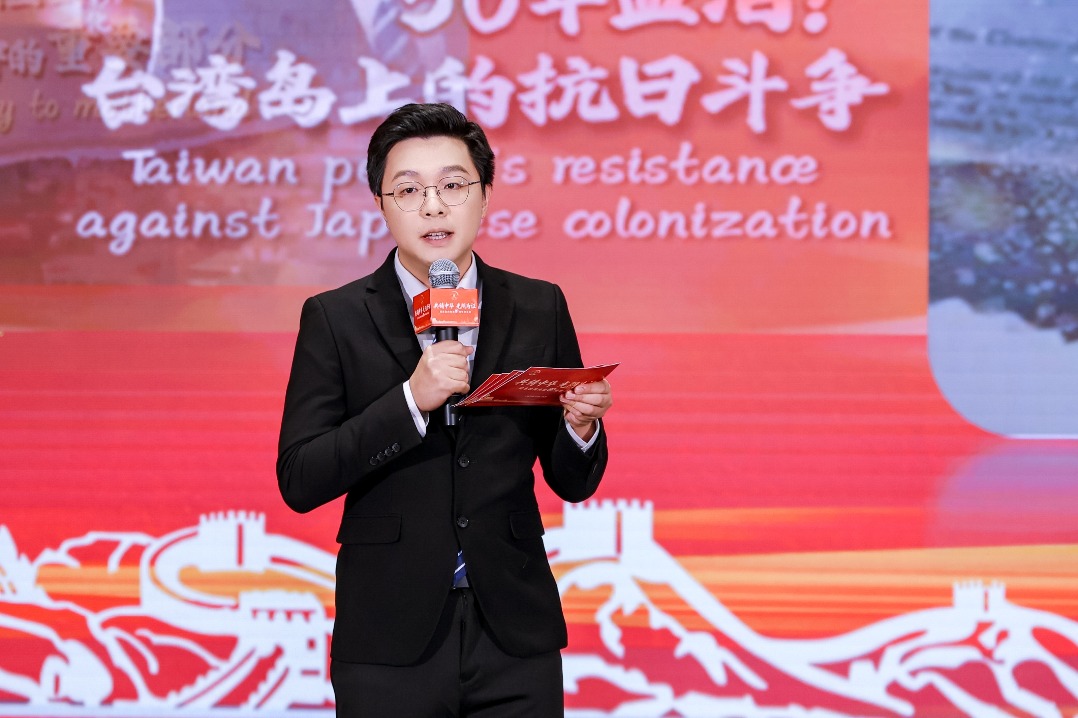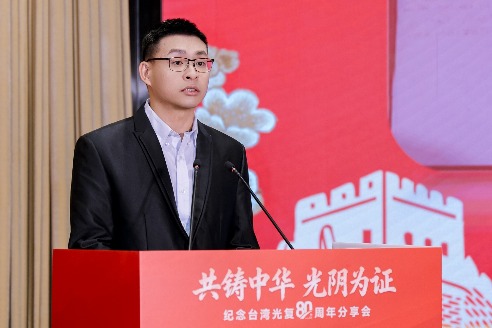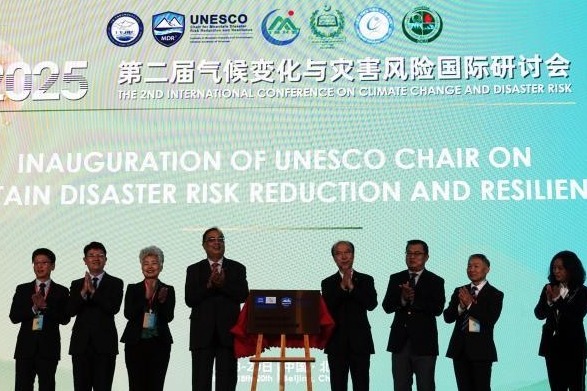Nation boosts mineral resources, boosts supply

China has made significant progress in securing its mineral resources and boosting domestic supply. The move to enhance control over critical minerals is aimed at better managing sectoral risks, according to the Ministry of Natural Resources. "We have thoroughly evaluated the quantity, distribution, and development status of 163 mineral resources with confirmed reserves," Guan Zhiou, minister of natural resources, told a news conference held in Beijing in September, adding that there have been significant breakthroughs in the exploration and development of strategic resources such as oil, gas, copper and lithium.
"In addition, China has adhered to green development, with over 1,000 national-level green mines established," he added.
Xu Dachun, vice-minister of natural resources, said at the same news conference that the discovery of 10 large oilfields and 19 large gas fields during the 14th Five-Year Plan period (2021-25) marks a major advancement, along with significant breakthroughs in deep coal bed methane.
The Ordos Basin in northwestern China alone has seen a major increase in proven geological reserves that exceed 300 billion cubic meters of methane, almost matching the total additions of the past decade, he said. "Over the past five years, China has made significant breakthroughs in mineral discoveries and improved the country's energy and resource security," Xu said.
"Old resource bases are being revitalized, while new resource bases are emerging one after another," he said.
Several existing resource bases have been revitalized, extending the lifespan of mines such as the Xiaoyi bauxite mine in North China's Shanxi province and the Jiaodong gold mine in East China's Shandong province, Xu said at the news conference.
He added that new large resource bases for gold, phosphorus and sylvite are emerging. The Dadonggou gold mine in Northeast China's Liaoning province, with an additional estimated gold reserve of nearly 1,500 metric tons, has the potential to become another world-class gold mine after the Jiaodong gold mine.
The newly discovered Asian Lithium Belt, stretching 2,800 kilometers across Sichuan and Qinghai provinces, and Xinjiang Uygur and Xizang autonomous regions, has revealed large and superlarge lithium deposits along this critical rare metal belt, he said.
By January, China's share of global lithium reserves had risen from 6 percent in 2021 to 16.5 percent, moving the country up from the sixth to the second place worldwide, according to the China Geological Survey.
Since the launch of the new strategic initiative for mineral exploration breakthroughs in 2021, the China Geological Survey, an institution under the Ministry of Natural Resources and responsible for geological and mineral exploration work, has ramped up efforts to discover copper deposits.
Over the past five years, more than 20 million tons of new copper reserves have been identified. The potential resources are estimated at 150 million tons. The Qinghai-Tibet Plateau is poised to become a world-class copper resource hub, CGS said.
Technological advancements have further boosted resource utilization, CGS said. A world-class challenge of efficiently recovering ultra-fine-grained ilmenite has been solved, increasing titanium recovery rates to over 40 percent. In the Panxi region of Sichuan province alone, more than 87 million tons of titanium resources have been leveraged.
CGS and the Hubei provincial government have been working on technological advancements for the utilization of the superlarge niobiumrare earth deposit in northwestern Hubei. They have tackled key technological challenges for the efficient use of niobium resources, which will help unlock 929,000 tons of niobium.
lihongyang@chinadaily.com.cn
















